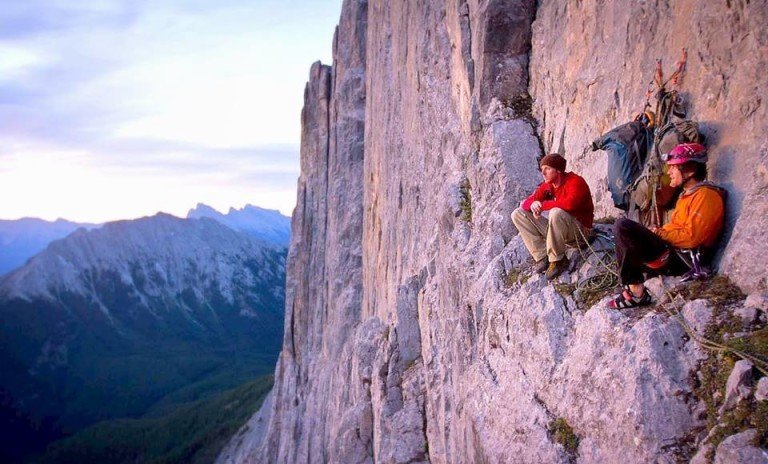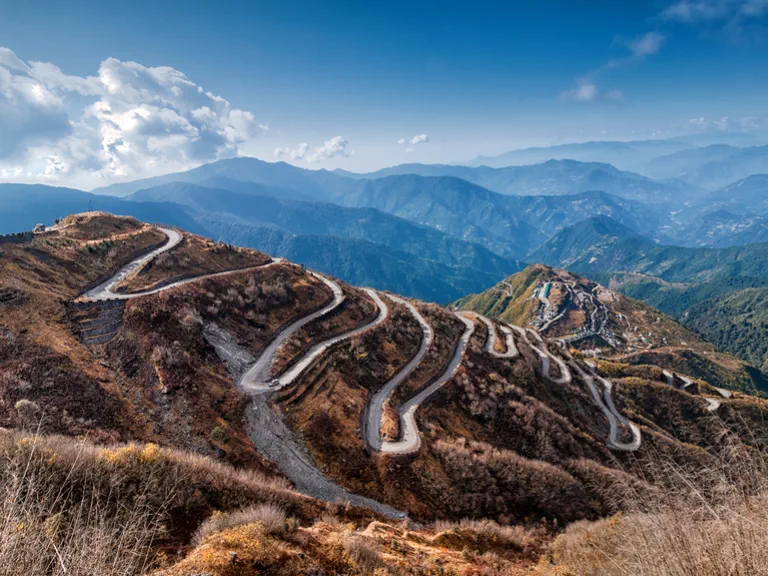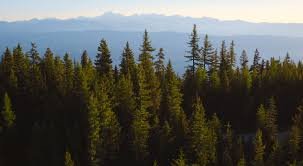About Mount Louis
Mount Louis can be found in Banff National Park, an area of the Canadian Rockies in Alberta, Canada. It is close to Canmore, which is a town located about 105 kilometers (65 miles) west of Calgary.
Due to its prominence and difficult terrain, the mountain is a well-liked destination for hikers and climbers and is clearly visible from the Trans-Canada Highway.
The Stoney First Nation, who have lived in the area for thousands of years, refer to Mount Louis as the “House of the Great Spirit.” The mountain is revered by the Stoney people, who consider it to be the home of their creator, the Great Spirit. The mountain is also regarded as a significant landmark and a representation of their interaction with nature.
Height of Mount Louis is 2,606 meters (8,550 feet) tall above sea level.
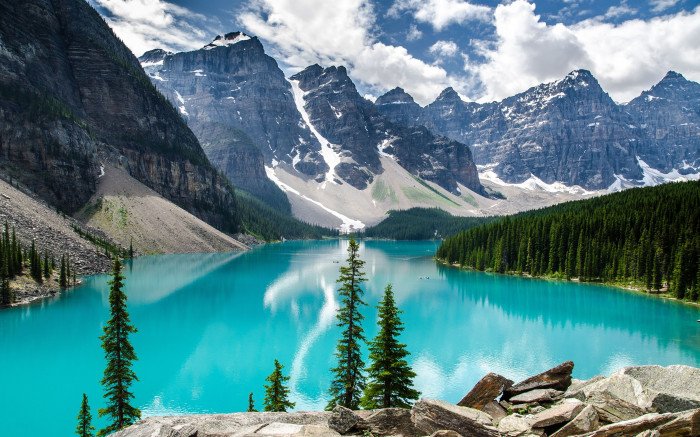
Climate of Mount Louis
Being a part of the Canadian Rockies, Mount Louis experiences a typically cool and alpine climate. Winters are long and chilly, with frequent lows well below freezing and frequent heavy snowfalls.
The summers are brief and mild. The amount of precipitation falls fairly evenly throughout the year, with snowfall being more frequent in the winter. Even in the summer, visitors to Mount Louis should be prepared for rapidly changing weather and dress in layers to stay comfortable.
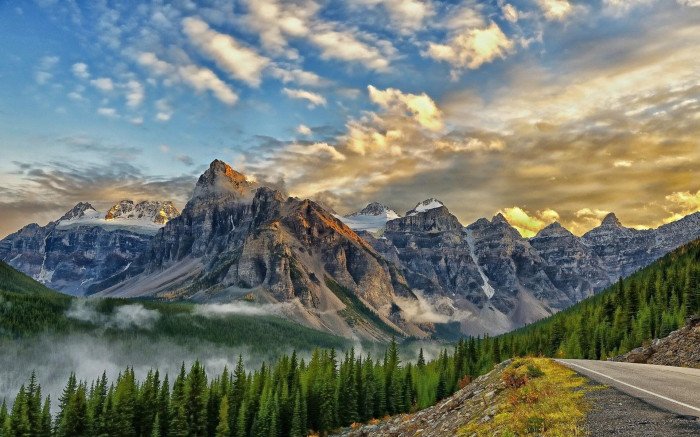
Geology
The majority of the sedimentary rock that makes up Mount Louis in Canada was created during the Paleozoic era, which started around 540 million years ago and ended around 250 million years ago. The mountain is composed of layers of limestone, shale, and sandstone that were deposited over millions of years in a shallow marine environment.
The present-day mountain ranges were made when tectonic forces pushed sedimentary rocks upward during the formation of the Rocky Mountains, which started about 80 million years ago. The peak was further sculpted into its current shape by glacial erosion during the last ice age.
A “dike,” which is a slender, vertical sheet of igneous rock that cuts across the sedimentary layers, is another distinguishing feature of the mountain. The dike is made of “phonolite,” a type of igneous rock that is uncommon in the Canadian Rockies. It is believed that magma that intruded into sedimentary rocks and cooled slowly, allowing crystals to form, is what created the phonolite dike.
The Canadian Rockies have been shaped by intricate processes over millions of years, and this mountain is a fascinating geological site that sheds light on these processes.
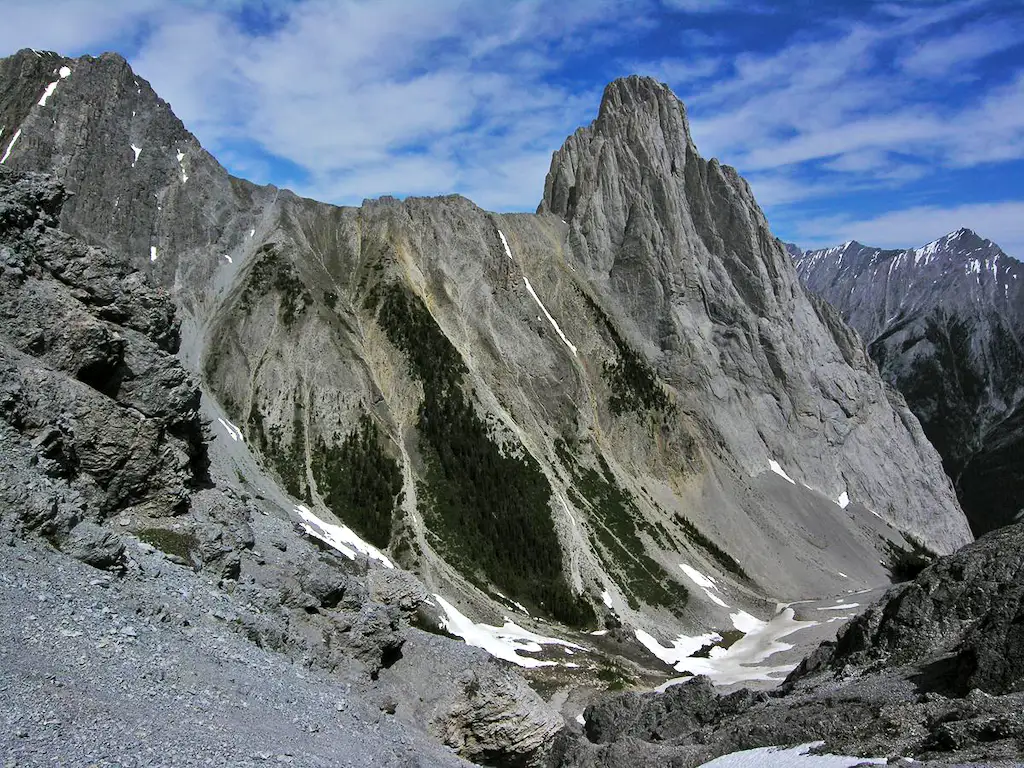
Best time to visit Mount Louis
The summer season in Canada, which lasts from late June to early September, is the ideal time to visit Mount Louis. The trails are open for hiking and climbing at this time, and the weather is typically mild. Additionally in bloom are the wildflowers, which creates a stunning scene.
Snow covering the landscape and the availability of winter sports like skiing and snowshoeing make wintertime a stunning time to visit Mount Louis. However, it can get very cold, and snow and ice can make the trails impassable or closed. Be sure to check the weather and trail conditions before heading out if you intend to visit in the winter.
However, it’s crucial to keep in mind that Banff National Park experiences its busiest season during the summer, which can result in crowded trails and parking areas. Consider travelling in the off-peak months of spring or fall if you want a more tranquil experience.
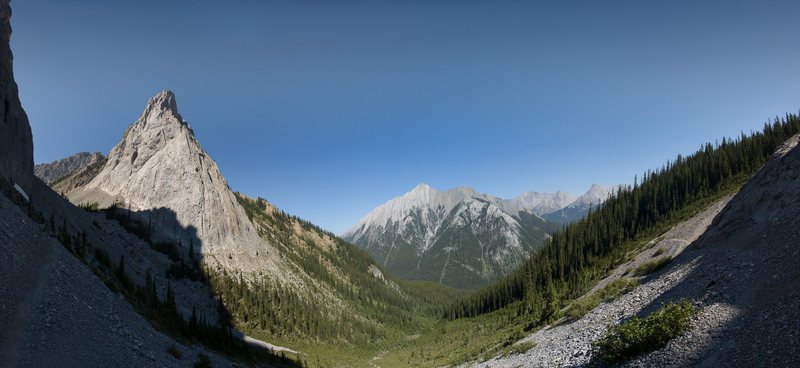
How can you reach to this heavenly mountain?
You must travel to Banff National Park in Alberta to access Mount Louis in Canada. The park can be reached by car from Calgary’s downtown in about 1.5 hours. Calgary International Airport is the closest significant airport if you’re flying into the area. To get to Banff National Park from there, you can either rent a car or take a shuttle bus.
The closest town to Mount Louis is Canmore, which is located in Banff National Park. You can drive to the mountain by taking the Trans-Canada Highway to the Highway 1A exit and then following the directions to the parking area at the mountain’s base.
It’s important to remember that ascending Mount Louis is a difficult and technical climb that should only be attempted by qualified climbers with the right gear. The Mount Edith Circuit and the Cory Pass Trail are just two of the many trails nearby that hikers can enjoy.
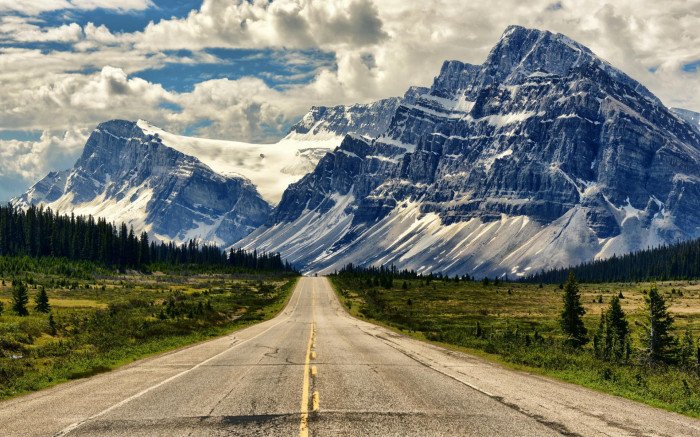
Rock climbing and best routes to reach the peak
Rock climbing is a well-liked activity on Mount Louis, and the mountain offers a variety of difficult routes that range in difficulty from 5.12 to 5.5. Climbers should be accustomed to steep terrain and exposure, and should have prior multi-pitch climbing experience.
The Original Route, which consists of a series of pitches ranging in difficulty from 5.10 to 5.5, is the most well-liked rock climbing route on Mount Louis. There are steep sections of rock and ice to negotiate as the climb progresses from the mountain’s base.
The Japanese Route, which is the longest and most difficult route up the mountain, and the Wild Thing Route are two additional well-known rock climbing routes on Mount Louis.
Note that proper gear, such as ropes, harnesses, helmets, and climbing shoes are required for rock climbing on Mount Louis, and that participants should be aware of the dangers of the sport, such as falling rocks, abrupt weather changes, and other hazards. Before attempting to climb Mount Louis, climbers are advised to either hire a guide or enrol in a climbing course.
